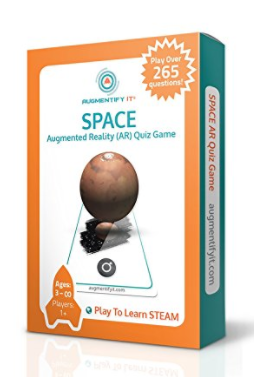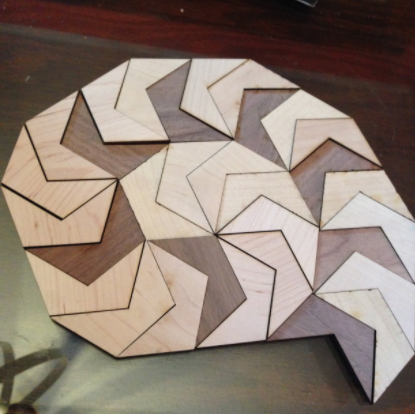Filters
Clear allSubject
- Careers (89) Apply Careers filter
- Climate Change (3) Apply Climate Change filter
- Computing (105) Apply Computing filter
- Creative arts and media (10) Apply Creative arts and media filter
- Cross curricular (141) Apply Cross curricular filter
- Design and technology (149) Apply Design and technology filter
- Engineering (96) Apply Engineering filter
- Health and safety (1) Apply Health and safety filter
- Leadership (21) Apply Leadership filter
- Mathematics (188) Apply Mathematics filter
- Personal development (26) Apply Personal development filter
- Psychology (24) Apply Psychology filter
- Science (376) Apply Science filter
- Space (9) Apply Space filter
- STEM Ambassadors (7) Apply STEM Ambassadors filter
- STEM Clubs (4) Apply STEM Clubs filter
Age range
Type
- Activity sheet (23) Apply Activity sheet filter
- Article (31) Apply Article filter
- Assessment (5) Apply Assessment filter
- Demonstration (2) Apply Demonstration filter
- Experiment (6) Apply Experiment filter
- Game (1) Apply Game filter
- Group work (5) Apply Group work filter
- Image (7) Apply Image filter
- Information sheet (19) Apply Information sheet filter
- Interactive resource (1) Apply Interactive resource filter
- Open-ended task (7) Apply Open-ended task filter
- Poster (5) Apply Poster filter
- Presentation (15) Apply Presentation filter
- Research (94) Apply Research filter
- Self assessment (3) Apply Self assessment filter
- Teacher guidance (70) Apply Teacher guidance filter
- Textbook (7) Apply Textbook filter
- Video (70) Apply Video filter
- (-) Remove Include Physical Resources filter Include Physical Resources
Showing 728 results
From NASA, these high resolution images show separately the planets of our solar system. Images in this resource include: Sun, Earth, Moon, Mars, Venus, Neptune, Mercury, Saturn, Jupiter, Uranus and the dwarf planet Pluto.
This resource, written by Emma Morris, outlines the core choices facing mathematics education and builds on the recommendations of the 2011 Vorderman Report, by examining which mathematics approaches and reforms have worked overseas. The paper does not recommend directly importing practice from either of the case...
This collection of videos, from the European Space Education Office (ESERO-UK), presents a cross-section of people with careers in UK space industry.
The majority of the videos include a version that can be used in the primary classroom and a version to use in secondary schools or colleges.
Many...
This series of activities from NASA are based on a weekly series of space science problems distributed to teachers in the US, from 2004 to 2010. They were intended for students looking for additional challenges in the mathematics and physical science curriculum, from ages 9 to 19 years.
The problems were...
This series of activities from NASA take a mathematical approach to looking at space weather. They are intended as supplementary problems for students looking for additional challenges in mathematics and physical science from age 11 to 19 years.
The problems were created to be authentic glimpses of modern...
Part of the Digitexts series that inspires all children with brilliant multimedia and amazing interactivity. This award-winning software provides excellent interactive fiction and non-fiction texts to improve children's Key Stage 2 reading and comprehension skills.
British ESA astronaut Tim Peake invites UK children to exercise alongside him as he trains two hours a day on the highest and fastest gym in the Universe – travelling at 27,600 km per hour and circling the world every 90 minutes. The triathlon styled challenge encourages schools to create their own ‘spaceathlons...

- Augmented Reality (AR) powered SPACE Cards.
- Winner of Gold Award in the MadeForMums Toy Awards 2017 as Best Science Toy.
- The First AR Quiz Game for Space, by...
Produced by The Centre for Industry Education Collaboration (CIEC), this booklet offers advice and guidance for:
* teachers who wish to bring industrial speakers into school
* industrial speakers who would like an insight into the needs of teachers and their...
This book clearly explains what Specific Learning Difficulties (SpLD) are, and describes the symptoms of conditions most commonly encountered in the mainstream classroom: dyslexia, dyspraxia, dyscalculia, dysgraphia, Autism Spectrum Disorder, ADHD, and OCD. The author provides an overview of the strengths and...

With your help, these pentagons can spiral around and around, covering a surface with no gaps. There is a pattern to the spiraling, but it never quite repeats itself.
Spiraling isn't all...
This activity from the CS4FN team at QMUL is a metaphorical introduction to Human-Computer Interaction (HCI), graphical user interfaces (GUIs) and the difficulties of working at the command line.
The whole-class activity uses a game called spit-not-so. The winner of the game is the first to choose, from a...
This STEM Learning resource collection aims to support STEM Ambassadors to highlight the top 10 employability skills to young people, with examples of activities and discussions to support young people to develop these skills in either school, college or other settings.
This resource focuses on the...

